Professor Susan Solomon (USA) won the special prize for female scientists at VinFuture 2023 for discovering the mechanism that causes the ozone hole in Antarctica and for more than 40 years she has tried to find a way to patch it.
In an interview with the Vietnamese press ahead of the VinFuture 2023 award ceremony, Professor Susan Solomon (Massachusetts Institute of Technology) attracted attention because her story reflected her love for science. She was the first person to discover the mechanism that caused the hole in the Antarctic ozone layer and used her knowledge of chemistry to explain how it was formed. "Perseverance", "listening", "determined to pursue" and "humor"... are the phrases she used to describe the journey to the announcement that "shocked and worried the whole world ".
In 1983, a hole was discovered in the Antarctic ozone layer. The hypothesis that chlorofluorocarbons (CFCs) were affecting the ozone layer had been a topic of interest for years. But the scale of the depletion still puzzled scientists. With the support of the National Oceanic and Atmospheric Administration (NOAA), Susan Solomon and her colleagues decided to put the hypothesis to the test.
In the late winter of 1986, Dr. Solomon, then 30, led a 16-person expedition to McMurdo Base in Antarctica, where temperatures were as low as minus 40 degrees and darkness prevailed nearly 24 hours a day. As the only female member of the expedition, she was chosen because of her good communication skills. "To organize that trip, you need to report information to the National Science Foundation regularly, and I was probably chosen because I could explain it easily," she revealed.
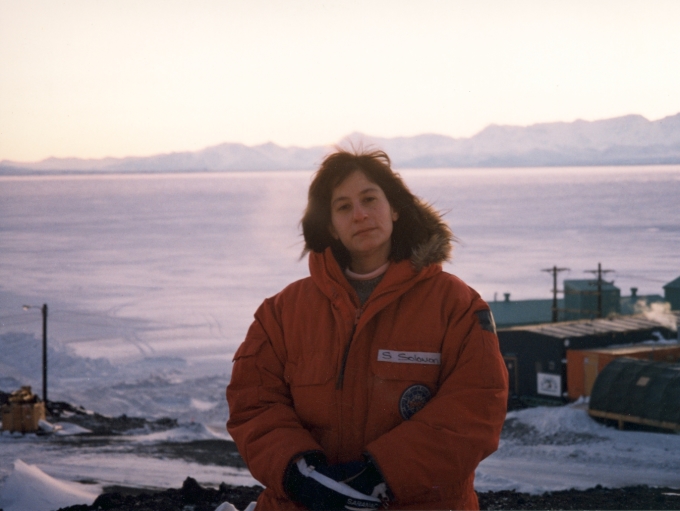
Dr. Susan Solomon in Antarctica. Photo: NOAA
During the trip, the team of scientists measured the size of the hole and found out why the hole was so big. They found that the level of chlorine dioxide was one hundred times higher than expected. This was the first direct evidence that chlorofluorocarbons (CFCs), widely used in refrigerators, air conditioners, and hair sprays, were the cause of the hole in the ozone layer over Antarctica. She used her knowledge of chemistry to explain the composition of the hole, and the experimental results showed that the chemical composition had an unusual ratio of substances, thus proving that it was caused by humans.
In fact, in 1970, two late scientists conducted research and concluded that the ozone layer was being destroyed, but the actual extent was much more serious than the scientists' conclusion. "When we released the results, the whole world was shocked and worried," she recalled.
To gather more evidence, she made a second expedition to Antarctica in 1987. Experimental results then confirmed her hypothesis that the high density of stratospheric clouds over the Antarctic created an electromagnetic attraction to CFCs. Her team's experimental research spurred a global effort that led to the Montreal Protocol. This is one of the most successful international agreements in addressing global environmental issues, helping to achieve a worldwide consensus to phase out ozone-depleting substances such as CFCs.
She said that she then used the research results to negotiate with governments , countries and businesses to make them change and not accept the use of CFCs. According to her, in addition to the promulgated policy, "the consensus of the people to eliminate CFCs has brought success" and "the good news is that the hole is narrowing and the ozone layer will gradually recover. That could happen around 2050". She said that she was 94 years old at that time and if she was lucky, she would witness it. "My grandmother lived to be 101 and hopefully with good genes, I will be able to do the same", she laughed.
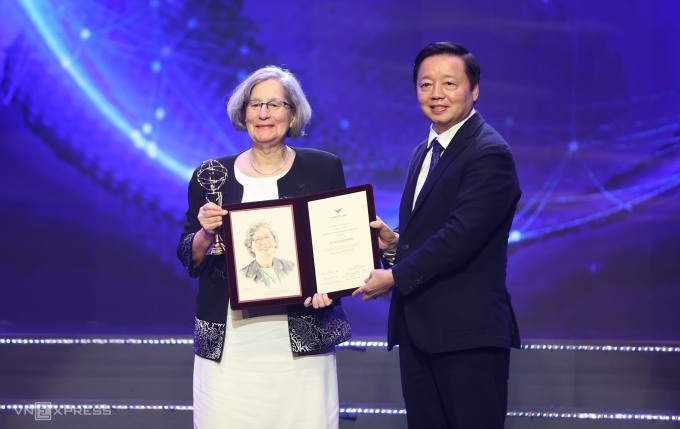
Deputy Prime Minister Tran Hong Ha presented the award to Professor Susan Solomon on the evening of December 20 in Hanoi. Photo: Giang Huy
One of her latest areas of research is climate change. What can we do to emit less carbon? Solomon doesn't have an answer, but she believes in technology. She stresses the need to develop better and cheaper sources of low-carbon energy. "If we don't put more effort into that research, I think the Earth will be really hot in about 50 years. So I'd like to see a broader diplomatic effort to promote joint research on technological development around the world," she says.
On her first visit to Vietnam, she was “grateful and impressed” that the founders of VinFuture had created a special prize for women and female scientists. “This prize is like a passport so that in the future, we will be able to have more female scientists,” she said.
Susan Solomon was born in Chicago, Illinois, USA. Susan was fascinated with science from a young age when she watched nature television shows such as Jacques Cousteau's "Undersea World". Her passion for atmospheric chemistry was evident in high school and she won an award for her project measuring the amount of oxygen in a gas mixture. Susan studied chemistry at the Illinois Institute of Technology (IIT) in Chicago. With a bachelor's degree from IIT in 1977, she went to graduate school at the University of California at Berkeley, specializing in atmospheric chemistry. She completed her doctoral thesis in 1981, then joined the National Oceanic and Atmospheric Administration (NOAA). She is currently a professor of atmospheric chemistry at the Massachusetts Institute of Technology, USA, and still considers herself the luckiest environmental scientist on the planet. "I am proud to say that the mission is the greatest achievement in the history of human civilization regarding the environment because humans caused the consequences and we found the solution to fix it," she said.
Nhu Quynh
Source link




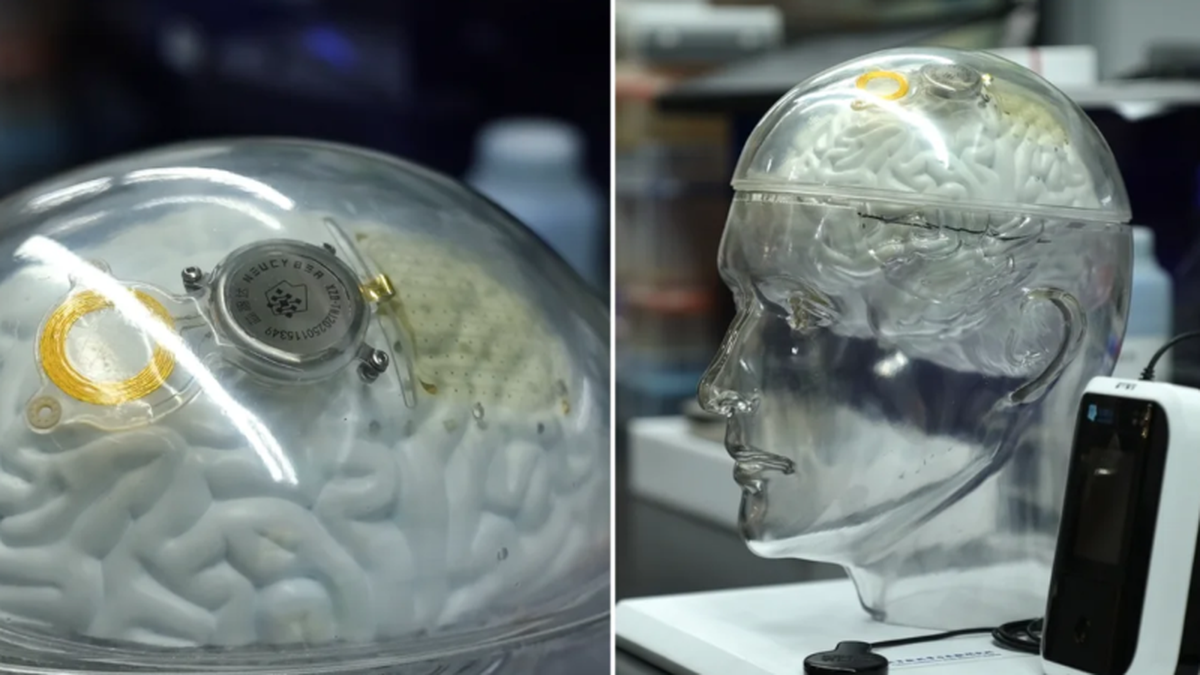
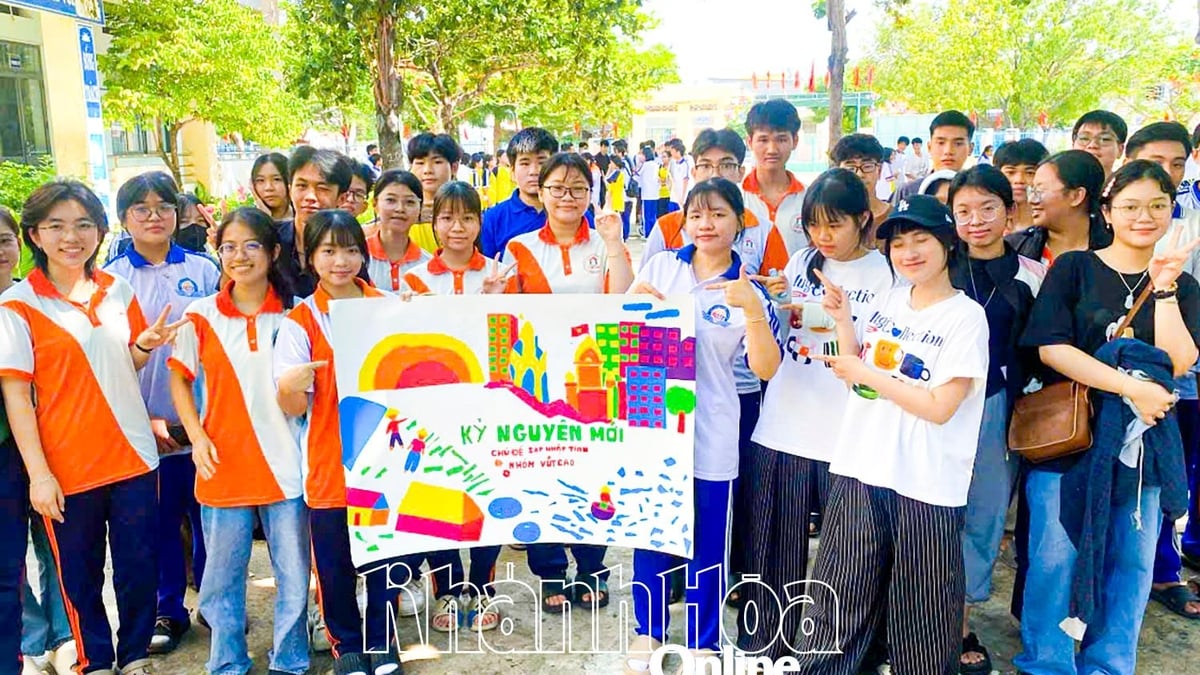


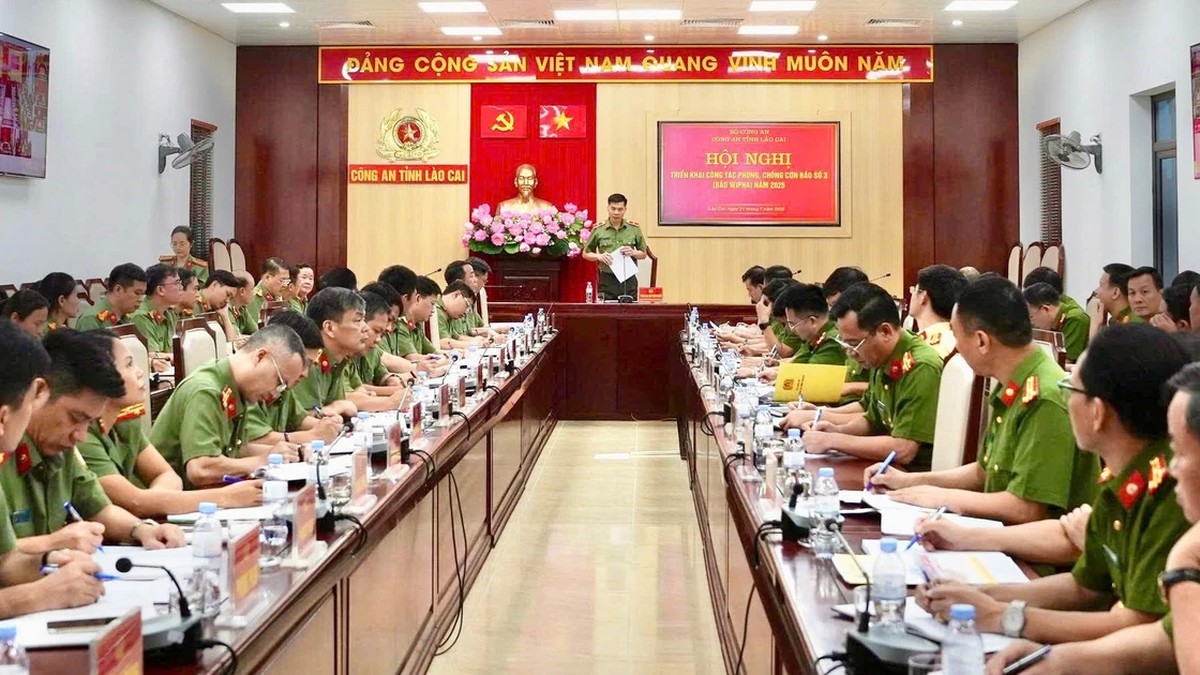















![[Photo] National Assembly Chairman Tran Thanh Man visits Vietnamese Heroic Mother Ta Thi Tran](https://vphoto.vietnam.vn/thumb/1200x675/vietnam/resource/IMAGE/2025/7/20/765c0bd057dd44ad83ab89fe0255b783)













































































Comment (0)